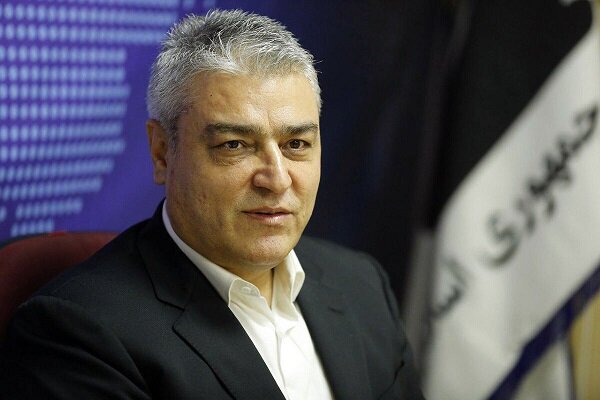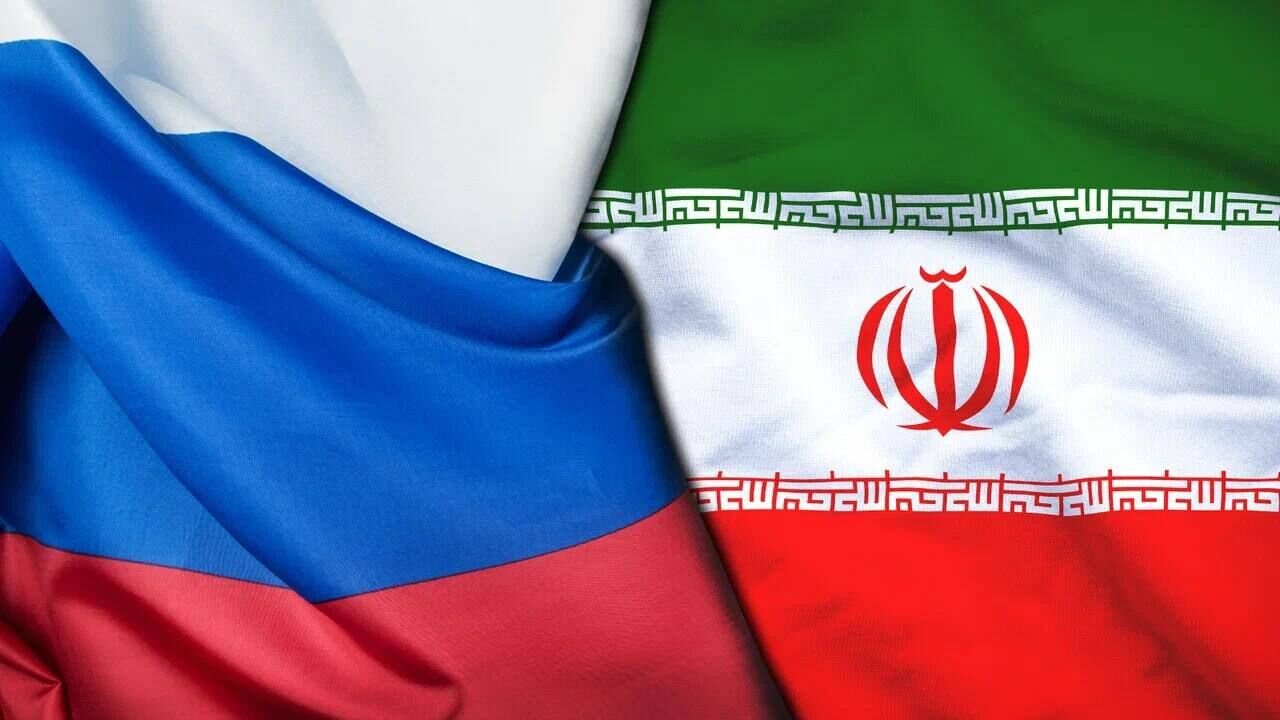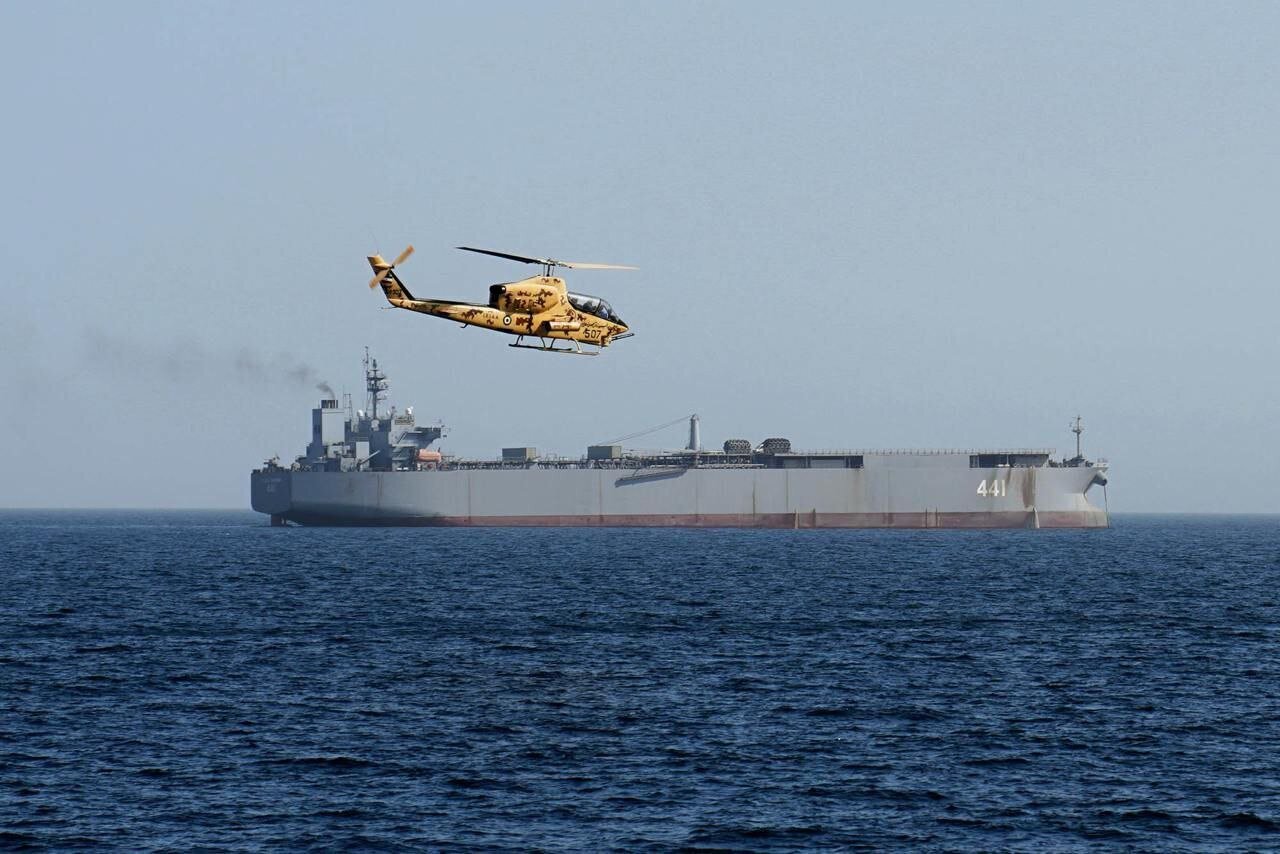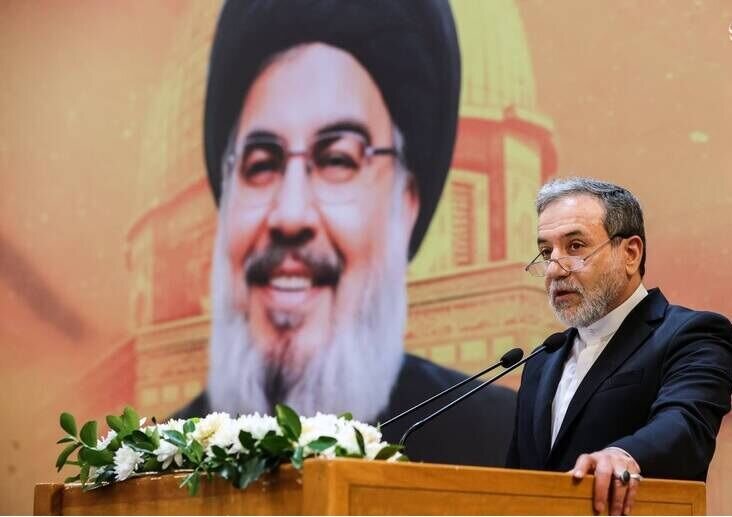
TEHRAN-The 22nd edition of the Annual Archaeology Conference started at the National Museum of Iran in Tehran on Sunday.The conference opened with the presence of the Minister of Cultural Heritage, Tourism, and Handicrafts Seyyed Reza Salehi-Amiri, in addition to Mohammad Ebrahim Zarei, the head ofIrans Research Institute of Cultural Heritage and Tourism, Mohammad Beheshti, the previous director of the institute and a choose group of popular professors and veterans in archaeology, CHTN reported.Speaking at the event, Jebrael Nokandeh, director of the National Museum of Iran invited the guests and highlighted the conference as a chance for the exchange of ideas and scientific collaboration amongst archaeologists.He also pointed out an exhibition showcasing picked findings from historical research study performed in Iran in 2023, featuring 273 artifacts unearthed from 13 archaeological sites.
This exhibition will be open till April 19.
Throughout the ceremony, a book putting together posts from the 22nd Annual Archaeology Conference was unveiled, along with a summary of findings from historical research study in Iran for 2023, an archaeology journal, and 10 archaeology reports.Additionally, the exhibit of selected findings from the 2023 archaeological fieldwork in Iran was inaugurated in the presence of Seyyed Reza Salehi-Amiri.
Archaeology in Iran boasts an abundant and diverse history, reflecting the complex tapestry of civilizations that have actually inhabited the region for countless years.
As one of the cradles of human civilization, Irans archaeological landscape is brimming with considerable websites that offer insights into ancient cultures, trade routes, and the development of urban centers.One of the most significant archaeological sites in Iran is Persepolis, the ceremonial capital of the Achaemenid Empire.
Acknowledged as a UNESCO World Heritage site, Persepolis showcases magnificent palaces, huge staircases, and elaborate reliefs that depict the splendour of Persian culture and its architectural achievements.Excavations at this site have actually revealed valuable artifacts, consisting of inscriptions, pottery, and precious metals, clarifying the political and social structure of ancient Persia.Another crucial area of archaeological interest is the Zagros Mountains, where early human settlements date back to the Paleolithic duration.
Some of these websites are critical for comprehending the shift from nomadic lifestyles to settled agriculture, along with the development of complicated societies throughout the Neolithic era.Additionally, Irans archaeological pursuits have revealed the significance of the Silk Road, which helped with trade and cultural exchanges in between the East and West.
The discovery of caravanserais, ancient fortresses, and detailed pottery illustrates Irans function as a center in this comprehensive network.Research in Iranian archaeology has actually faced obstacles, consisting of fluctuating financing for the preservation of archaeological sites.
The commitment of regional scholars and international collaborations continues to cultivate developments in the field.Modern historical practices include the usage of technology such as satellite images and remote noticing, improving the exploration and documentation of Irans comprehensive archaeological heritage.Archaeology in Iran is important in rebuilding the stories of ancient civilizations, highlighting the regions historic significance and the enduring legacy of its cultural heritage.SAB/

 11
11















